
For me, the highlight of my trip to Japan was the day we went exploring the Buddhist temples of NW Kyoto.
I had some personal spiritual insights in these spaces, which I will write about elsewhere, as I feel I am still integrating that experience. What I offer here is a guide to the must-see temples in this area, which you can do in a day — actually you could probably do it in half a day based on this guide.
Shunkō-in Temple
Shunkō-in is part of the bigger Myōshin-ji Temple Complex. As I learned this morning, it was common for large estates to be established with a main temple, but surrounded by smaller sub-temples. Sometimes, these estates incorporated pre-existing Shintō shrines, and I'm reading a book that explains the complex history of Shintō and Buddhism through the history of Japan.
Shunkō-in is a Zen temple, and Zen spread a little later and gained more prominence after the decline of the Pure Land school of Buddhism. It is a functioning Zen temple, and one that is open to anyone to come and learn to practice Zen meditation, but also offers guest accommodation. Entrance fees are charged at the sub-temples in this complex, and the fee for this temple included my meditation class as well as the tour, so it was a little more expensive than usual at ¥3000. Details for all this can be found in the link to their website (see below).
I had the great fortune of attending a beginner's meditation session which included a tour of the temple gardens. This meditation and introduction to the Zen Buddhist world-view was a wonderful way to begin a day of sight-seeing the local Buddhist temples. The monk who led our meditation explained something about Zen gardens: there is never a focal point with them, which makes it hard to photograph. The idea bing that one is meant to sit in the garden and experience it as a whole. In a sense, Zen gardens are designed to be an experiential part of the meditation process; deliberately low-stimulus in order to spark off a different type of creative stimulation.
[//]:# (!steemitworldmap 35.024107 lat 135.719532 long Zen Meditation Classes d3scr)
Ryoan-ji Temple
Walking about 10 minutes north of Myōshin-ji is a larger and beautiful temple, Ryoan-ji. Because it is larger, it is also more popular, and one that attracts tour groups. So expect crowds, but not that many either. Entrance fee was only ¥300, and well worth it.
The gardens include a large lake, but also a stunning and quite well-known rock garden. Having just come from a profoundly deep Zen meditation, the crowds here didn't bother me too much, and they weren't that bad anyway. Having had some instruction on how to immerse my consciousness into a garden, it was wonderful to sit in such a large space. While the photo (below) doesn't quite capture it, this rock garden is stunning in its simplicity, and its emptiness... which is the point of Zen, I guess!
Now, every guidebook of Kyoto will mention Kinkaku-ji Temple... it's a golden Buddhist temple, about a 20 minute walk up the road from Ryoan-ji. Similar to Ginkaku-ji it was originally built as a residence for a local shōgun, and only later converted into a temple. The building is covered in gold-leaf, which is why it is known as the "Golden Pavillion". And this is probably why it's one of the major tourist attractions.
My advice: don't bother! It is packed with tourists, all rather rudely jostling to get selfies with the temple in the background, and it felt like we were being herded like animals through the grounds. Having come from the magical serenity of both Myōshin-ji and Ryoan-ji, this felt like a jarring experience. And to be honest, it just lacked the spirit that the other temples had. Here's a photo, so you don't feel you're missing out.
By cutting out this place, it means you can spend more time in the following temple complex.
Daitoku-ji Temple Complex
From Kinkaku-ji, you'll need to jump onto a bus, but only for a couple of stops, and the bus stop is clearly marked in English.
Similar to Myōshin-ji, this is a large temple precinct and estates containing a central temple, and then 'smaller' sub-temples. These sub-temples would usually be 'owned' by families, that is the taxes the family paid would exclusively be used to maintain that particular temple. We visited only two of these, as many were closed by the time we got there, but these two are apparently the best in the complex.
What was eerie, and also wonderful, was that there were a significant lack of tourists here. Which made the experience so much better!
The first place we went to was Ryogen-in, which was stunning! It too is known for its rock gardens. The space here was peaceful, and we couldn't even hear the traffic out on the main road.
The other wonderful thing was that we could actually enter the buildings and see the interior of these spaces and appreciate the paintings on the screens. This was also how we could experience the adjacent sub-temple Oubai-in, although we were not permitted to take photos inside the grounds, which is a pity as it was truly one of the best Zen gardens we visited, and the interior of the buildings were beautiful... and this particular temple is hardly ever opened to the public, so it felt truly auspicious and special to have witnessed it.
This photo is of the main meditation hall in Ryogen-in, but the architecture was similar in Oubai-in:
This is the entrance garden to Oubai-in, before photos were not allowed:
This is the main Daitoku-ji temple in the middle of the precinct:
Honestly, had we skipped Kinkaku-ji and come here immediately after Ryoan-ji, there would have been more sub-temples open (they all tend to close about 4pm), and we could have enjoyed walking through this entire estate. The gardens in these sub-temples are the most famous in the world, and absolutely well-worth the effort. Entrance fees are paid at the entrance to the sub-temples, and again range from ¥300‒400 (less for kids).
[//]:# (!steemitworldmap 35.042128 lat 135.746268 long Ryōgen-in Buddhist Temple d3scr)
Location information
● Shunkoin Temple, 42 Hanazonomyoshinjicho, Ukyo Ward, Kyoto, Japan
● Ryōan-ji, 13 Ryoanji Goryonoshitacho, Ukyo Ward, Kyoto, Japan
● Daitoku-ji, 53 Murasakino Daitokujicho, Kita Ward, Kyoto, Japan
Related link
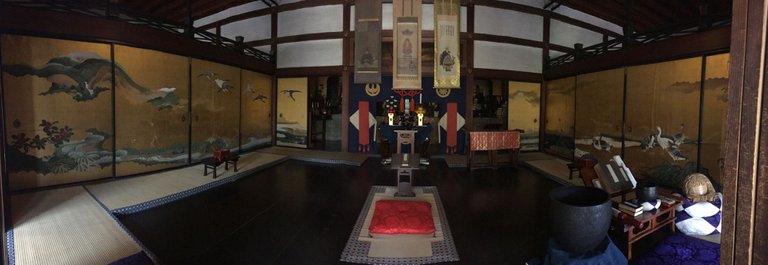
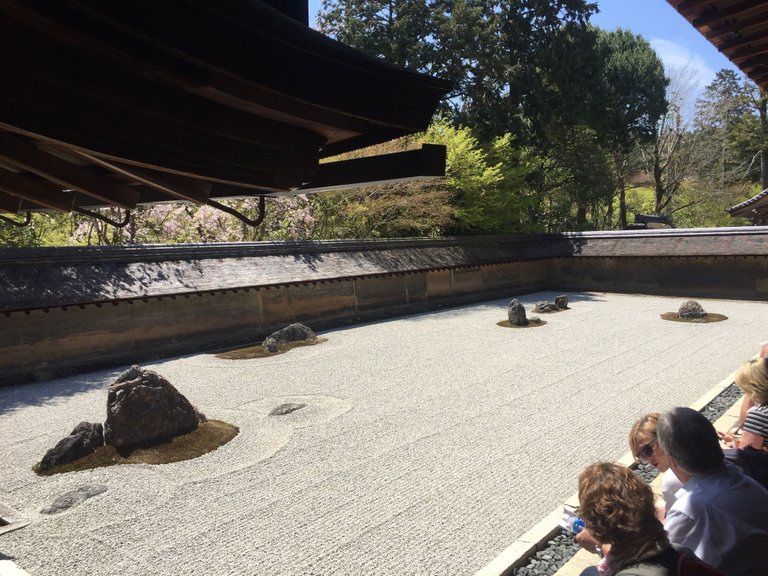

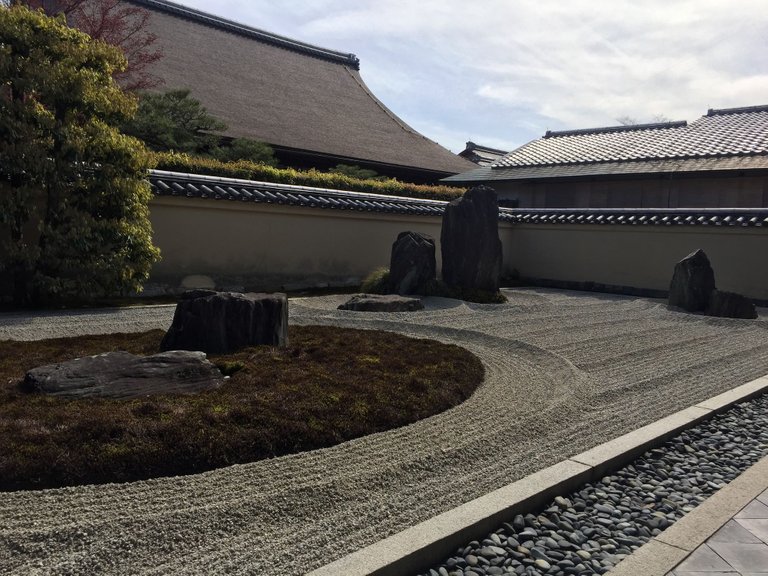
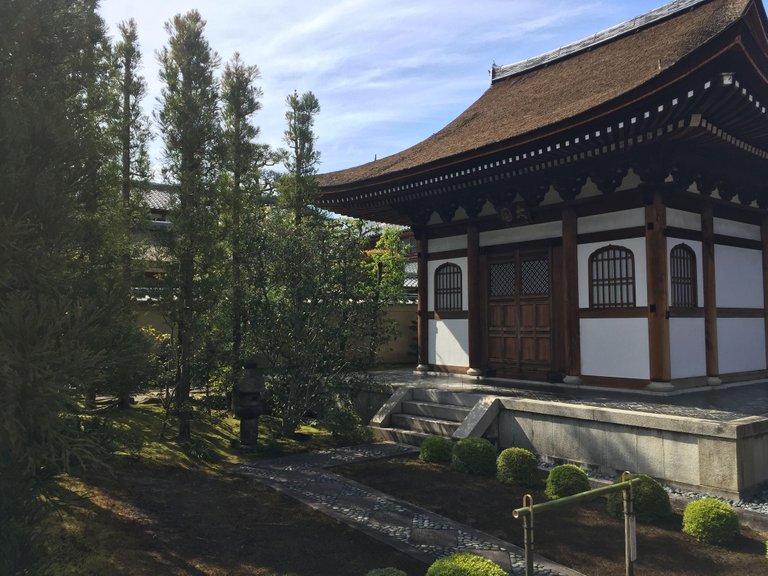
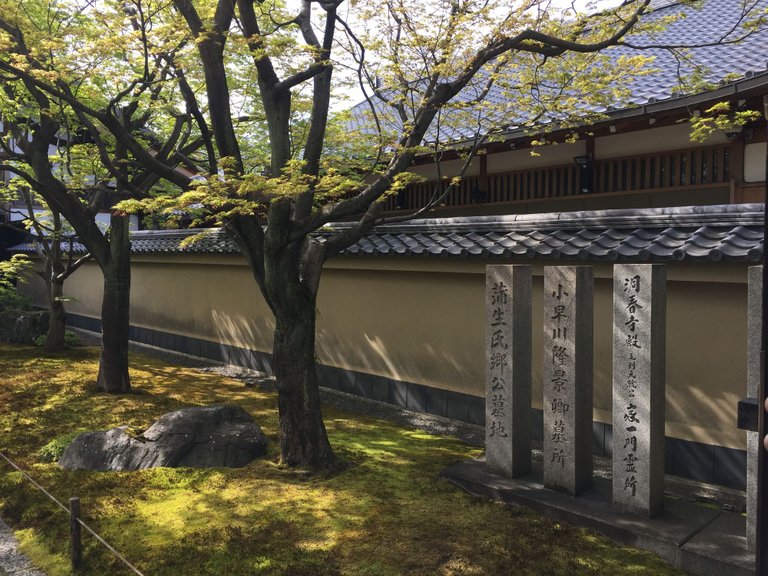
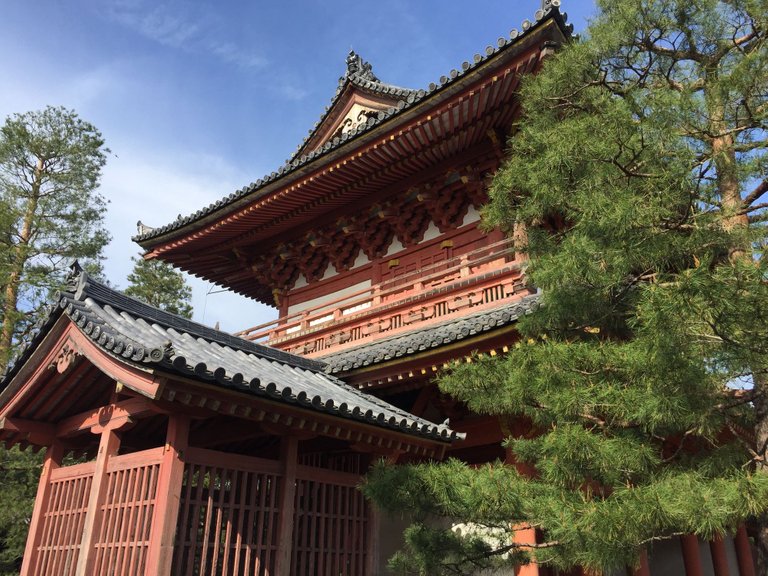

Congratulations, Your Post Has Been Added To The Steemit Worldmap!
Author link: http://steemitworldmap.com?author=peterloupelisPost link: http://steemitworldmap.com?post=tt20190420t010313268z
Want to have your post on the map too?
Peace, Abundance, and Liberty Network (PALnet) Discord Channel. It's a completely public and open space to all members of the Steemit community who voluntarily choose to be there.Congratulations! This post has been upvoted from the communal account, @minnowsupport, by Raven [metametheus] from the Minnow Support Project. It's a witness project run by aggroed, ausbitbank, teamsteem, someguy123, neoxian, followbtcnews, and netuoso. The goal is to help Steemit grow by supporting Minnows. Please find us at the
If you would like to delegate to the Minnow Support Project you can do so by clicking on the following links: 50SP, 100SP, 250SP, 500SP, 1000SP, 5000SP.
Be sure to leave at least 50SP undelegated on your account.
Travel Digest #490Hiya, @livinguktaiwan here, just swinging by to let you know you're being featured in today's
Your post has been manually curated by the @steemitworldmap team, and if you like what we're doing, please drop by to check out all the rest of today's great posts and consider upvoting and supporting us.